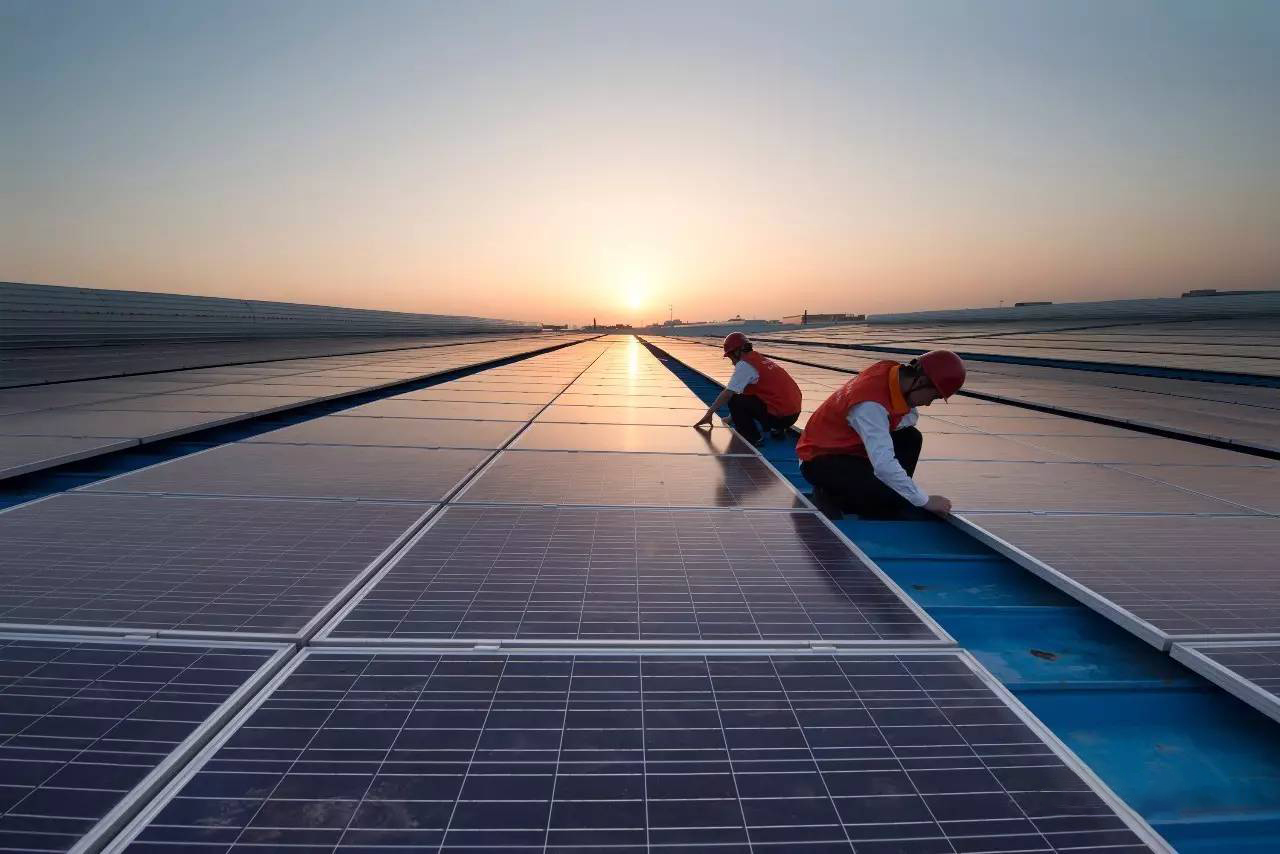
In traditional solar panels or optoelectronic applications, shadows will mostly affect the power generation performance. The new battery uses the illumination contrast caused by shadow as an indirect energy source. The illumination contrast generates a voltage difference between the shaded part and the illumination part, thereby generating a current. This way of gaining energy in the shadow is an unprecedented innovation.
Smart phones, electronic watches and other mobile electronic devices need efficient and continuous power supply. Since these devices are worn indoors and outdoors, wearable power supplies that can use ambient light may improve the versatility of these devices.
Commercial solar array will significantly reduce their energy collection efficiency when indoor shadows persist. In order to address this technical challenge, the National University of Singapore team has developed a low-cost and easy to manufacture SEG to perform two functions: (1) convert the lighting contrast of partial shadow casting into electric energy, and (2) monitor moving objects as a self-powered proximity sensor.
Using “shadow effect” to generate power
The SEG includes a set of SEG units arranged on the flexible transparent film. Each SEG unit is a metal film deposited on a silicon wafer. With careful design, SEG can be manufactured at a lower cost than commercial silicon solar cells. The team then conducted experiments to test the performance of SEG power generation as a self-powered sensor.
“When the whole SEG battery is in light or shadow, the power generated is very low or not at all. When part of the SEG unit is lit, significant electrical output is detected. We also found that the best surface area for power generation is when half of the SEG battery is lit and the other half is in shadow, because this respectively provides sufficient area for electric charge generation and collection.” Professor Andrew Wei, head of the team from the Physics Department of the National University of Singapore, said.
Based on laboratory experiments, under the influence of shadow movement, the efficiency of the team’s SEG battery has doubled compared with commercial silicon solar cells. When shadows are generated under indoor lighting conditions, the energy obtained from SEG is sufficient to power the electronic meter (i.e. 1.2 V).
In addition, the team also showed that SEG can be used as a self-powered sensor to monitor moving objects. When an object passes through SEG, it will cast an intermittent shadow on the device and trigger the sensor to record the existence and movement of the object.
Pursuing lower cost and more functions
The researchers spent four months to conceive, develop and improve the performance of the equipment. In the next stage of research, the National University of Singapore team will use materials other than gold to reduce the cost of SEG.